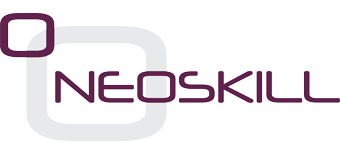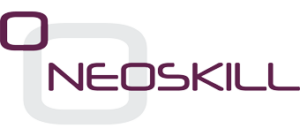The importance of blended learning
For many businesses face-to-face delivery is the dominant method of training for employee development. Despite advancements in digital learning, Learning and Skills at Work 2020 found that 44% of the organisations surveyed used face-to-face delivery the majority (between 60% and 100%) of the time. The familiarity of face-to-face learning may be what keeps training in the classroom rather than online. However, there are limitations with the familiar when compared to the virtual classroom in the evolving economy.
These limitations became apparent when businesses began operating from home because of the pandemic. A survey from People Management revealed that 75% of their readers had to change their routine training from face-to-face to online to accommodate remote workers. This statistic paints a picture of the significant L&D shift many organisations had to undertake. Although some companies are now returning to the office, there are many that are continuing to work from home. For example, Google recently announced that their employees will be working remotely until at least July 2021, along with Twitter and Facebook offering indefinite remote working for employees.
Despite the changing requirements, there will undoubtedly be a greater mix of office-based and home-based employees in the near future. L&D for dispersed teams need training to fit this mix, and adopting a blended learning approach can meet this criterion. Leveraging technology to blend training methods allows flexibility, convenience and most importantly choice for employee learning preferences. A “one size fits all” approach to L&D cannot work with the changing work habits going forward.
Neoskill are committed to delivering bespoke training material, be it online, face-to-face, E-learnings or a blended combination. To discuss your training needs and what approach would best suit your requirements, please contact us via www.neoskill.com/contact.




